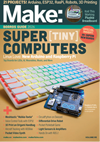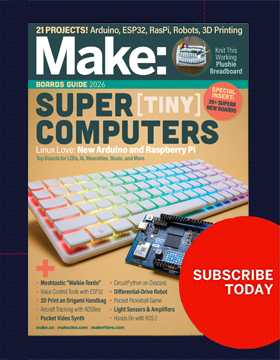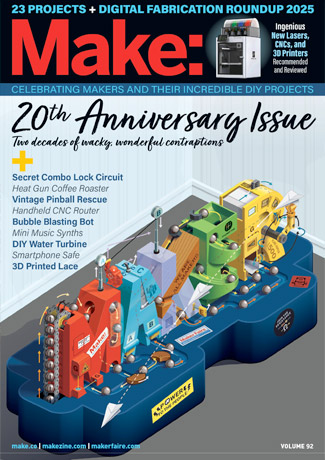
We are at an important moment in America’s K-12 education: A future rife with science and technology opportunities is fast approaching, and the overall system doesn’t always prepare students to face it.
Take a look at the May 2013 Federal Science, Technology, Engineering  and Mathematics (STEM) Education 5-Year Strategic Plan, which states that the American K-12 system is running middle of the pack in STEM education. Of 33 countries that participated in a recent study that measured students’ ability to apply what they’ve learned in the classroom, “12 countries had higher scores than did the United States in science and 17 had higher scores in mathematics.”
and Mathematics (STEM) Education 5-Year Strategic Plan, which states that the American K-12 system is running middle of the pack in STEM education. Of 33 countries that participated in a recent study that measured students’ ability to apply what they’ve learned in the classroom, “12 countries had higher scores than did the United States in science and 17 had higher scores in mathematics.”
Regardless, the jobs of the future are STEM jobs. It’s even projected that there may be more positions available than there are skilled workers to fill them. The same STEM Strategic Plan reveals: “A recent report by the President’s Council of Advisors on Science and Technology (PCAST) estimates that there will one million fewer STEM graduates over the next decade than U.S. industries will need.” One million. For the sake of the American job and our country’s economic health, we need to prepare our students today for tomorrow’s future. Going further, 3D software and 3D printingv will grow in a vast number of engineering and science fields. It is a vital tool in improving America’s STEM education.
Thankfully this is already being done. While it is not in the mainstream yet, many pioneering educators, politicians, parents, and technology experts are making great strides in bringing STEM education forward with 3D. Here in North Carolina, Jeffries Epps, the IT director for Richmond County Schools, runs a summer 3D workshop with scanning, 3D printing, app development, and more. His ultimate goal is to get 3D technology put into the curriculum on a full-time basis. As a testament to the value of his work, Jeffries recently won the White House’s Champions of Change award. Click here to see a video about Jeffries’ amazing work.
Jeffries sees engineers all around him.
“We believe there is an engineer in every student, “ he says. “We will find that engineer and bring them to the surface.”
He’s right; we are all engineers, inventors, or makers. Unfortunately, that innate inventor sometimes gets snuffed out at an educational level. But as humans it’s in our DNA, and part of the goal in using 3D in a K-12 setting is to introduce the joy of asking questions, thinking critically, investigating, and finding an answer. With all the noise and distractions (TV, video games) of the modern world, we can bring out the engineers by teaching students the fun in scanning in 3D, modeling, designing, and 3D printing whatever they imagine.
Let’s not underestimate the cool factor of 3D technology as well. It takes hold of students and makes STEM disciplines more relatable and less boring than preconceived notions might dictate. Moving the status of the engineer or scientist away from the proverbial nerd can go a long way in compelling students to pursue such valuable work. It’s not only about providing access to technology and skills, but improving the attitude about STEM careers as well.
Importantly, we need to keep from confining students, and with 3D, there aren’t any limits. 3D is an amazing conglomeration of art, science, design, scanning, animation, making, and more. Considering the infinite possibilities, it makes students excited for the future. Being able to create infinitely complex designs, a student can invent and create whatever exists in her imagination. What better than to give a young child, who has yet to recognize the concept of impossibility and whose creativity is unfettered, the tools to create anything? That’s how you engage students.
Given this ability to create whatever they dream, when we ask them to solve real-world problems, we give them the ability to focus not on logistics, but on applying their imaginations. With fun, relatable technology, they can immerse themselves in finding solutions and asking the right questions. Early on, they can experience the joy of creating something. We give them tools, then let them exercise the engineer inside from K-12 and beyond. That’s how you create innovators.
(Written with Josh O’Dell)
ADVERTISEMENT








